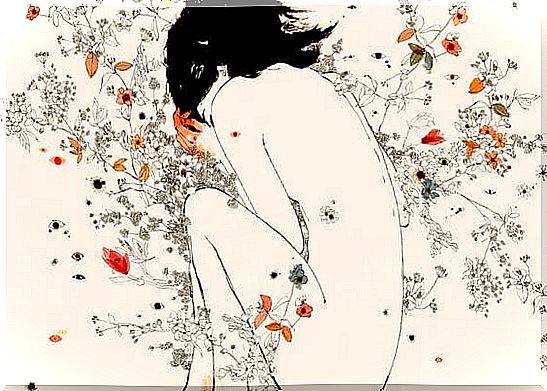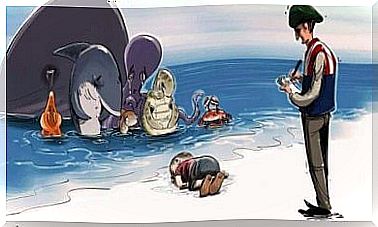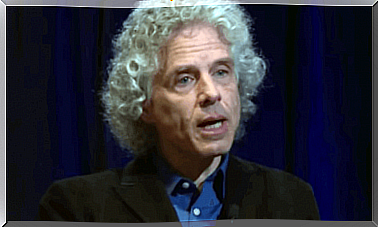Post-traumatic Growth: Learning From Your Pain

When life is sweet, thank and celebrate. When it’s sour, thank and grow. Being grateful for everything that happens, both good and evil, is the foundation of wholeness and true happiness. Even the situations that cause you pain deserve gratitude, because they are the basis for intellectual, emotional and spiritual growth.
Pain and bitter experiences are powerful fertilizers for personal growth. Suffering can give rise to immediate change within you, to create a better version of you. This is what is called post-traumatic growth.
In the mid-1990s, psychologists Richard G. Tedeschi and Lawrence G. Calhoun researched post-traumatic growth using the Post-Traumatic Growth Inventory (PTGI). They found that 90% of all those who experienced a traumatic event – and the pain that comes with it – show at least one indicator of post-traumatic growth.

Tedeschi and Calhoun defined post-traumatic growth as a positive psychological change that occurs due to adversity and challenges, in order to reach a higher level of functioning.
Trauma challenges the person’s ability to adapt, understand the world and cope with the pain of loss. These circumstances contribute to a deeply meaningful process of personal change.
The five pillars of PTGI are:
- A desire to be open to new opportunities that were not present or did not seem possible before.
- A better sense of connection with others, which is shown in empathy for other people’s suffering.
- A higher sense of independence, a sense that they have overcome the situation, that they can overcome everything.
- Increased gratitude for life in general, as well as greater appreciation for things that were previously taken for granted.
- A deeper sense of spiritual connection or purpose, which may include a change or redefinition of one’s belief system.
Post-traumatic growth occurs when the person tries to adapt to very negative circumstances that can generate high levels of anxiety.
Growth does not occur as a direct consequence of trauma, but as a consequence of the fight against the aftermath of trauma. These effects are important in determining the level of post-traumatic growth.
Some factors are indicative of post-traumatic growth and are associated with higher levels of adjustment after exposure to trauma. Spirituality has been shown to be strongly linked to post-traumatic growth. In fact, many of the deepest spiritual beliefs are the result of exposure to trauma.
Social support is a well-documented relief for mental illness and stress. When it comes to post-traumatic growth, a high level of pre-trauma social support is not only linked to growth, but there is also neurobiological evidence to support the idea that social support can regulate potential pathological responses to stress.
It has also been discovered that the ability to accept situations that cannot be changed is vital for adaptation. This is a significant indicator of post-traumatic growth.

We all know stories of people who have become stronger and found new meaning in life after a horrific tragedy. This is actually how some of the greatest heroes in fiction and reality were created.
If people make lists of superheroes, almost everyone will, for example, include Superman, Batman and Spider-Man. Batman and Spider-Man start a crusade against crime when their relatives are murdered. Superman suffers from a different kind of tragedy, but this character gives us much more to talk about when it comes to the actor who first portrayed him.
Christopher Reeve, the first Superman on the white canvas, was paralyzed after a horse accident – a tragedy that made him consider suicide. But Reeve summoned his inner Superman and, with the same determination as his character, became one of the greatest defenders of people with spinal injuries.
This is just one example of how a severe limitation, illness or loss can lead to an internal revolution. These tragic events are like earthquakes that throw around all the furniture in your head. But with this new life experience, you can put everything in place with much higher security.









